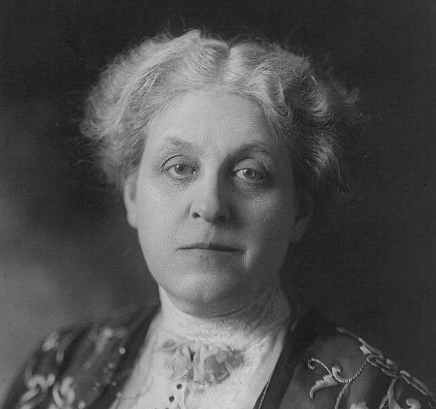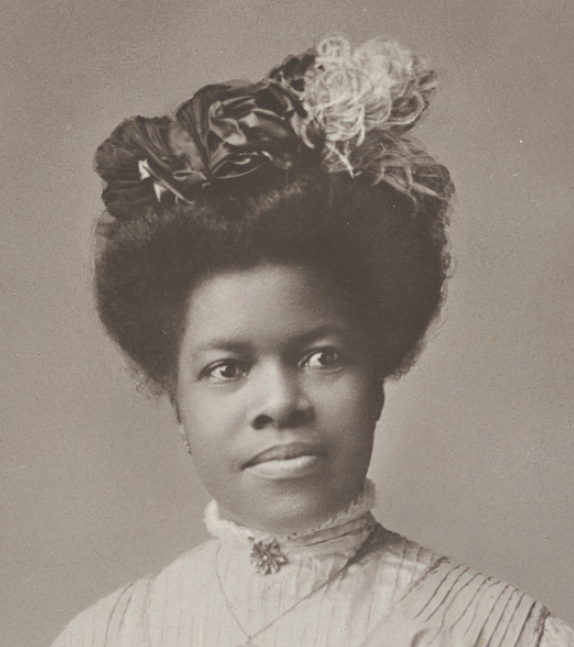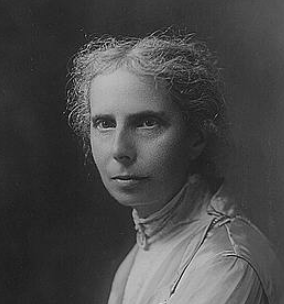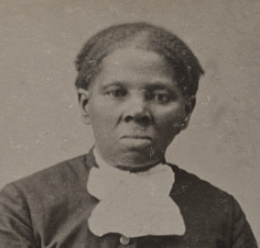Dear TPS Network Members,
We would like to welcome you to our discussion and place where we will share resources.
In this group, each week, members of the TPS Network from the Harvard Graduate School of Education and Hunter College will provide a blog showcasing differentiated instruction with primary sources found at http://www.loc.gov.
We invite P-12 teachers from all subject areas to discuss the opportunities, challenges, and practical tips of teaching with primary sources as a vehicle to meet diverse learner strengths and needs.
Let's hear from you. Please reply to this message by telling us a little about your context and share challenges or questions that you hope we address in this group.
For fun, when you think of differentiated instruction what might you compare it to? Can you share a simile for differentiated instruction? For example, differentiated instruction is like an orchestra because individuals are playing to their interests and strengths, yet everyone is playing one song. Or Differentiated Instruction is like a garden because every student, like, plants, requires different amounts of water and sunlight to be nurtured.
Rhonda Bondie Pre K - 2 3 - 5 6 - 8 9 - 12 13+ Differentiated Instruction
This article details the fascinating history of a school for Black girls founded by Prudence Crandall in Connecticut and her defiance of the state's "Black Law" of 1830 that made it illegal to educate Black children from out of state. This secondary source can be part of a conversation about how efforts to limit Black education defied regional boundaries (Connecticut is a northern state), but it can also be used as an example of interracial resistance to these efforts.

This short article from the Library of Congress provides some background information on the Stono Rebellion, the South Carolina slave uprising of 1739 that prompted the passage of the first anti-literacy law in 1740. This document can be used as a resource for your own background knowledge on the topic or could be a good place for students to start in learning about the roots of anti-literacy laws in the South.
This website has excerpts of the 1740 South Carolina Slave Code that includes the first known anti-literacy law. The whole thing is interesting, but the relevant passage about literacy is the following:
XLV. And whereas, the having of slaves taught to write, or suffering them to be employed in writing, may be attended with great inconveniences; Be it therefore enacted by the authority aforesaid, That all and every person and persons whatsoever, who shall hereinafter teach or cause any slave or slaves to be taught, to write, or shall use or employ any slave as a scribe in any manner of writing whatsoever, hereafter taught to write, every such person and persons, shall, for every such offense, forfeit the sum of one hundred pounds current money.
After teaching students about the Stono Rebellion, ask them to read this excerpt from the 1740 law closely and consider:
- What are the "great inconveniences" the law refers to? What is this law trying to prevent?
- What effect do you think this law might have had? Consider the perspectives of both enslaved people and free people.
Use this research guide from the Library of Congress to learn or teach how to search LOC's Chronicling America newspaper collection for fugitive slave ads.
Fugitive slave ads were common in American newspapers before Emancipation. Between 1730 and 1865, an estimated 200,000 fugitive slave ads ran in U.S. newspapers, notifying readers of enslaved people who had run away and offering cash rewards for their return.
Students researching the connection that White slaveholders made between literacy and escape from bondage might research references to literacy in fugitive slave ads using this research guide.
Frederick Douglass was one of the most famous Black writers, orators, advocates, and political figures of the 19th century. Enslaved at birth, Douglass escaped from bondage and wrote his Narrative of the Life of Frederick Douglass (1845) seven years later. After becoming a more established newspaper editor and public figure, Douglass published this, his second book: My Bondage and My Freedom (1855).
For a lesson about anti-literacy laws under slavery, focus on the section where Douglass quotes his former enslaver Hugh Auld about why literacy "ruins" a person for slavery:
The great mass of slaveholders look upon education among the slaves as utterly subversive of the slave system. I well remember when my mistress first announced to my master that she had discovered that I could read. His face colored at once with surprise and chagrin. He said that "I was ruined, and my value as a slave destroyed; that a slave should know nothing but to obey his master; that to give a negro an inch would lead him to take an ell; that having learned how to read, I would soon want to know how to write; and that by-and-by I would be running away." I think my audience will bear witness to the correctness of this philosophy, and to the literal fulfillment of this prophecy (423).
Ask students to consider:
- What is Hugh Auld's perspective on enslaved people reading?
- Based on what Douglass says Hugh Auld said, where did the "value" of a slave come from?
- What does Douglass mean when he says that his audience will see the "correctness of this philosophy" and the "literal fulfillment of his prophecy"? Why is he saying that Auld was right?
Testimonials
- I love that there is new info on the site daily!
- I had a wonderful time working with the Library of Congress and learning about all of the resources at my fingertips!
- The TPS Teachers Network has an equal exchange of ideas. You know it's not a place where you're being judged.
- My colleagues post incredibly fine resources and ideas....the caliber of the suggestions and resources make me feel that I take a lot from it. It's a takeaway. And I hope that I can give back as much as I get.
- Going into this school year, I have a fantastic new resource for my own instruction and to share with my colleagues!
- I am very glad that I discovered the TPS Teachers Network through RQI. Great resources can be hard to find out there on the internet!

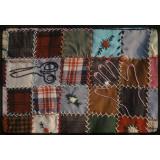
 Rhonda Bondie
Rhonda Bondie 

